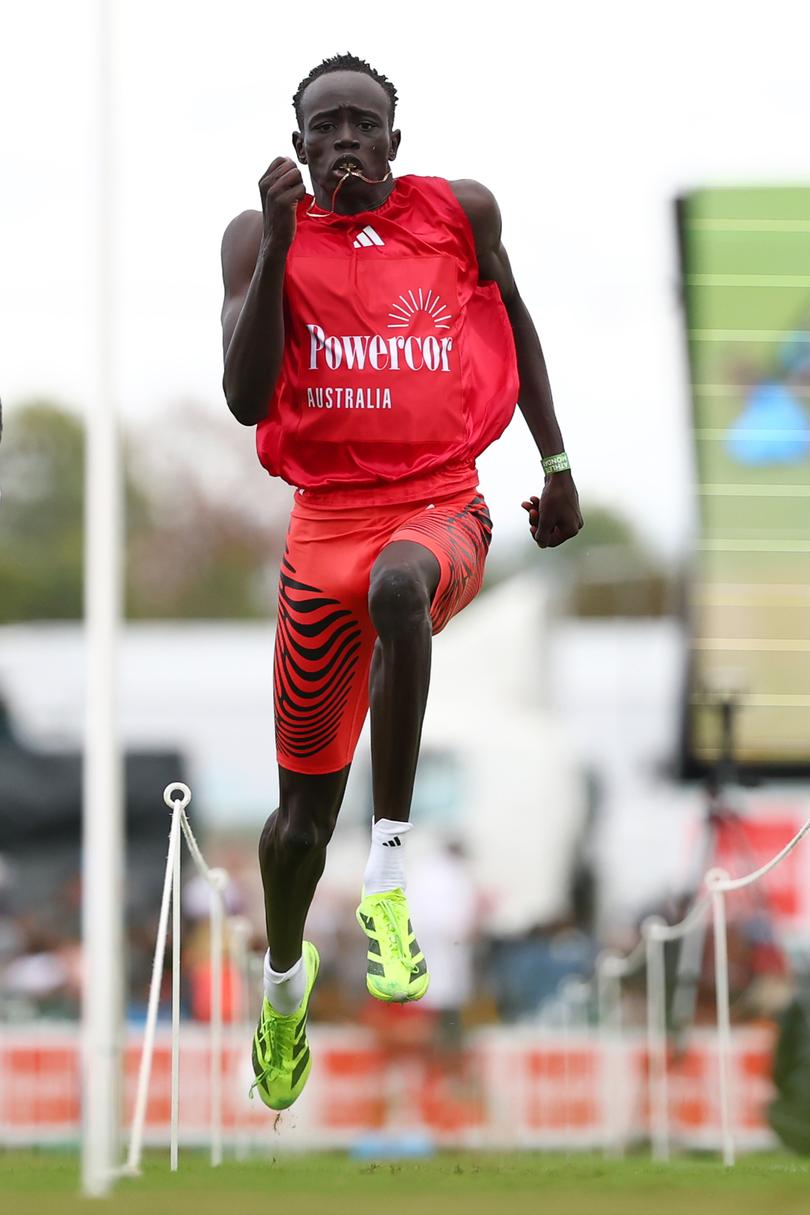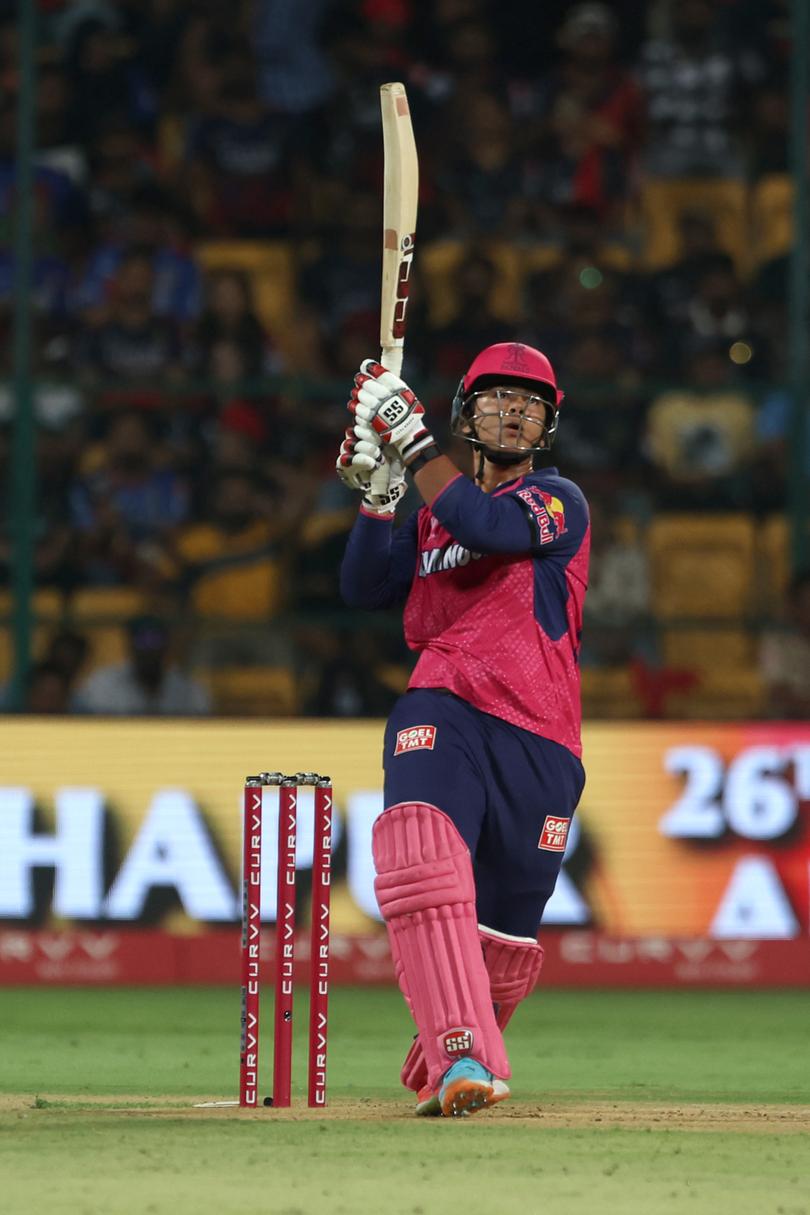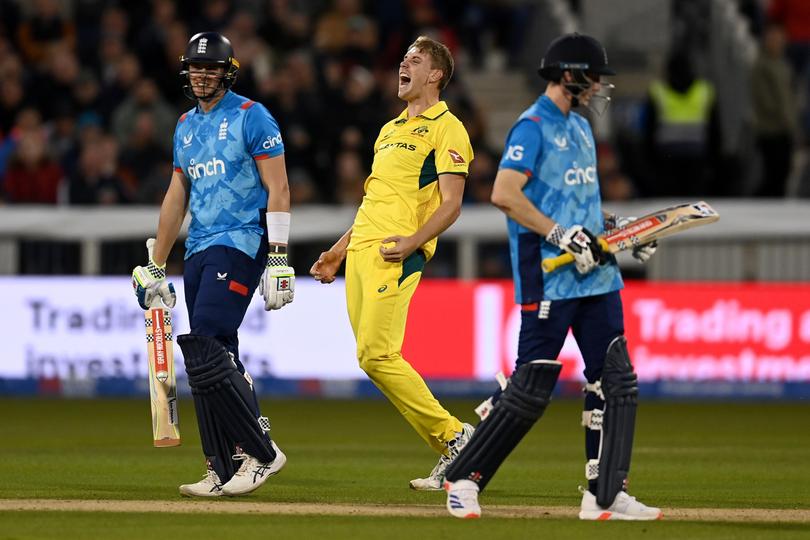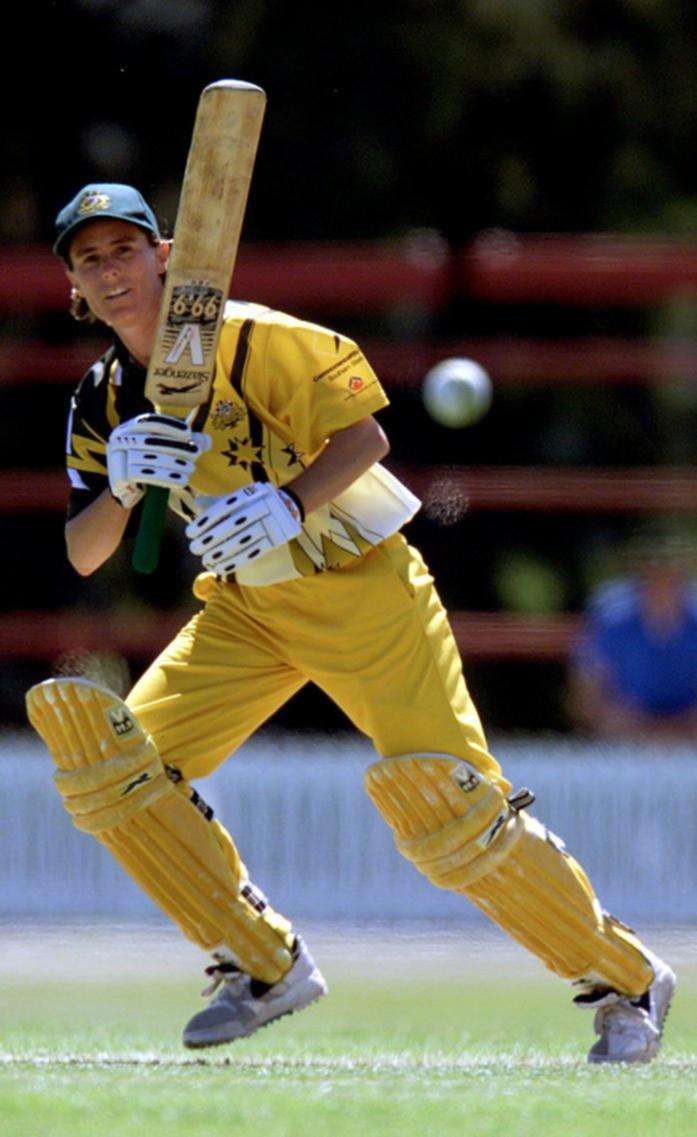Justin Langer: Young sports prodigies shine under immense pressure on global sports stage

Gout, Vaibhav, Tiger, Thorpedo, Cassius, Kobe, Belinda, Boris, Simone, Messi are an eclectic set of names, all with something in common.
They are all young prodigies whose stories add weight to the narratives of the varying global sports they represent.
Prodigy, like legend, is never a word used lightly in the sporting world.
Sign up to The Nightly's newsletters.
Get the first look at the digital newspaper, curated daily stories and breaking headlines delivered to your inbox.
By continuing you agree to our Terms and Privacy Policy.
Born in Brisbane to South Sudanese parents, he’s not just running races — he’s rewriting history. Watching his heat in the Stawell Gift last weekend, was like witnessing a miracle. Coming from his handicapped position, the speeding train, in red athletic attire, blew the field away.
In December last year, the young Queenslander shattered Peter Norman’s 56-year-old 200m record in a blistering 20.04 seconds. That time defined him as the second-fastest under-18 sprinter the world has ever seen.
A silver medal at the World U20 Championships in Lima, where he clocked 20.60 in the 200m, confirmed his arrival on the global stage.
This was followed by his selection for the World Championships to be held in Tokyo later this year.
No longer is he running with the kids, now he is in the big league.

Back in November, the IPL auction was held in Saudi Arabia.
Toward the end of the scheduled second and final day, the name Vaibhav Suryavanshi was bid on, and won, by the Rajasthan Royals.
Sitting at one of the tables I asked our analysts who he was. His name hadn’t come up in our planning.
As it transpired this was no surprise because Suryavanshi was only 13-years-old. He was not only the youngest player in history to be bought, but he was also 1.1 Crore richer, which is the equivalent to around $200,000 Australian dollars.
Within minutes the name Vaibhav Suryavanshi was making headlines across the cricketing world.
They called him a prodigy when he hammered a 58-ball century against Australia’s U19s when he was 13. In that astonishing innings, he danced down the pitch with a swagger that echoed Brian Lara — his childhood idol and blueprint.
At just 12, he strode onto the field for Bihar in the Ranji Trophy, the equivalent of our Sheffield Shield. His rise wasn’t just meteoric — it was radiant. With fearless eyes he has gone from strength to strength.
Last week his name came up on the team sheet for the Rajasthan Royals. He was in their eleven. I was the head coach of his opponents for his debut match.
Naively, I thought, the kid is now playing in the most intense domestic cricket tournament in the world, surely, he won’t give us too much trouble.
We did our homework, but to be honest how much intel can you get, or need on a 14-year-old upstart?
Shirt hanging out he strolled out to open the batting. Our old pros surrounded him like circling sharks. We have current international captains, global superstars and senior players who started in the game before the youngster was born.
Shardul Thakur our veteran seamer stood at the end of his mark. How hard can it be? The crowd went silent, Thakur charged into bowl.
Six!
And this wasn’t just a six. The ball flew over the cover boundary and far into the grandstand. I couldn’t help but smile — 14 years of age and he’s hitting his first ball in the IPL for six.

Whatever happens from here, we will see, but his first ball in the IPL can never be erased from the history books, and I am certain it will be shown and talked about for years to come.
He wasn’t finished there. Three sixes and two fours later he was out for 34 from just 20 balls.
But then something interesting happened. As he was walking off the ground it looked like the young Indian was about to cry and it was at that moment that I remembered just how overwhelming this occasion must have been for such a young person.
I kept thinking back to what I was doing at 13 or 14 years old. I am sure I was dreaming about the big stage, but I was nowhere near walking upon it.

Already comparisons are being drawn to Sachin Tendulkar and Virat Kohli. Only time will tell whether he will reach the heights of their greatness. Opportunities will be abundant, but the pressures will rise, and it will take more than youthful exuberance and insane talent to finish as a legend.
Australian cricket has never recorded anyone as young as Suryavanshi but Ian Craig was the youngest Australian to play Test cricket, debuting against South Africa in 1953 at 17. He later became Australia’s youngest Test captain at 22 but retired early at age 26 due to health issues. His promising career ended with just 11 Tests.
Ashton Agar debuted in the 2013 Ashes at 19, making a remarkable 98 runs batting at number 11 with another young player, the late Phil Hughes. Since then, he played four more Tests and over 70 white ball games for Australia.
Jake Fraser-McGurk made his first-class debut for Victoria at 17 years and is considered one of Australia’s most exciting batting talents.
But he is finding the climb to be hard work and again time will tell whether he will fulfill the promise shown at such a tender age.
Rather than the youngest debutants in cricket becoming the greatest players, the evidence suggests that prodigious talents who debut young, but not extremely young, and who are properly managed — are often the ones who develop into the game’s greats.
Australian captain Belinda Clark debuted for the Australian Women’s team at 18 and went on to become one of women’s cricket’s greatest players and captains. Ricky Ponting made his debut at 20 before developing into another one of our greatest batsmen and captains.
The legendary Steve Waugh was 20 before building a career of 168 Test matches, as was Sir Donald Bradman.

Whilst coaching Western Australia we were faced with a challenge. A young schoolboy by the name of Cameron Green was playing AFL and cricket at Scotch College.
He was 16 years old and still in Year 12 when we decided to offer him a contract. In many ways this went against every instinct as he seemed so young. But after the events of the last week, 16 seems like being middle-aged!
When Green made his first-class cricket debut for Western Australia against Tasmania a year later he, like Suryavansh, had an instant impact.
His first over to current Australian selector George Bailey was breath-taking and will be hard to ever match. Fast, hooping outswingers had us all looking at each other with that familiar glance, suggesting we had just witnessed something special.
Now fighting his way through stress fractures in his back, the tall West Australian is 25-years-old with 28 Test matches and more than 40 white-ball games under his belt.
His early start and resilience to overcome injuries sets him up to reach the mantle as one of Australian cricket’s all-time great all-rounders.
Boris Becker won Wimbledon at 17. Rafael Nadal was a professional at 15, before winning his first Grand Slam at 19. Serena Williams was a pro at 14, whilst sustaining success into her late 30s.
Gymnastics royalty Simone Biles won her first World Championship at 16 and Nadia Comaneci scored a perfect 10 at the Montreal Olympics at age 14.
In football, Lionel Messi and Cristiano Ronaldo debuted at 17 and are still playing today. While we have all seen footage of Tiger Woods swinging a golf club while he was still in a nappy.
In the pool Ian Thorpe made his international debut at 14, before going on to become our greatest male swimmer.
Not all prodigies go on to become household names because they soon find out that it is not talent alone that takes them to the top. Elite sport is a jungle of internal and external pressures, requiring solid support and resilient navigation.
But, when the Gout and Suryavanshs come along, they make us sit up and smile with astonishment at how these young kids have the talent and courage to do what they do.
